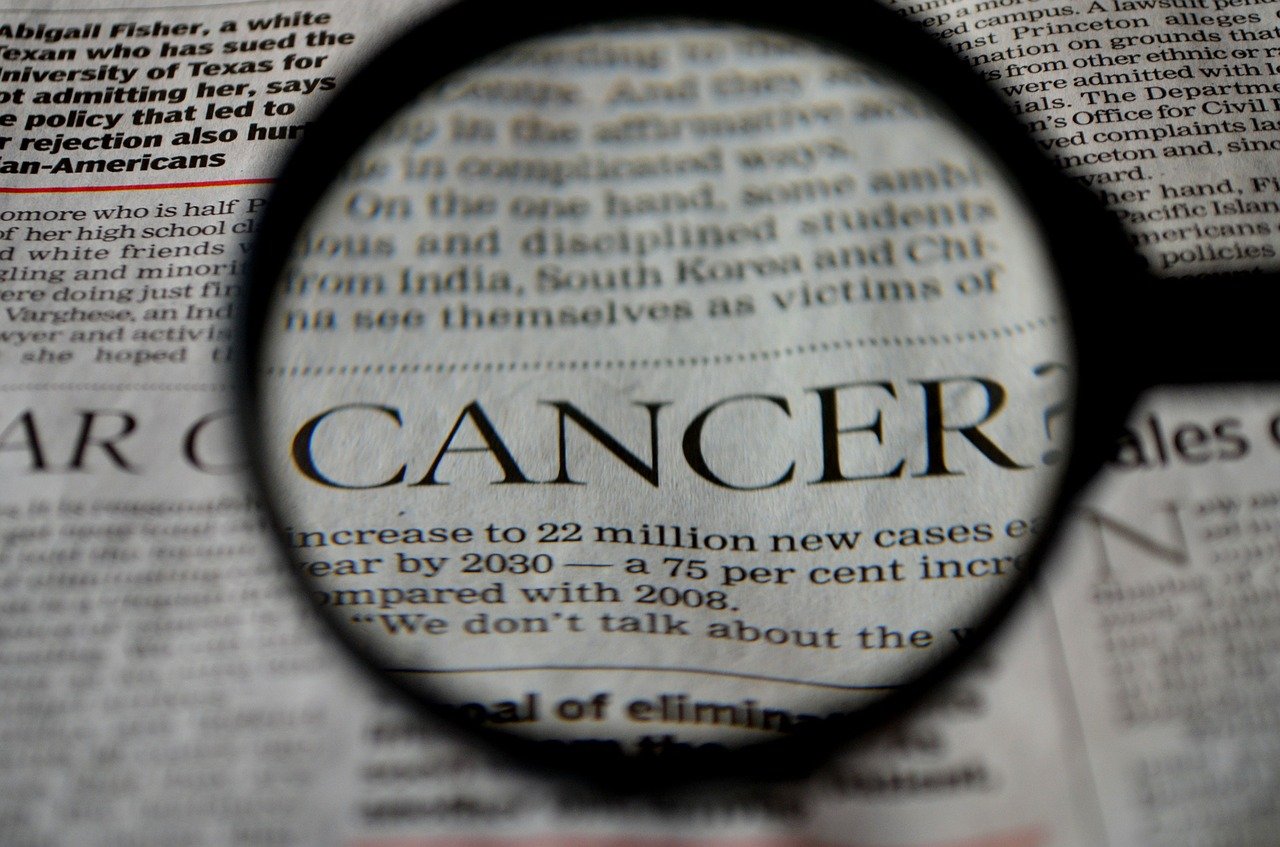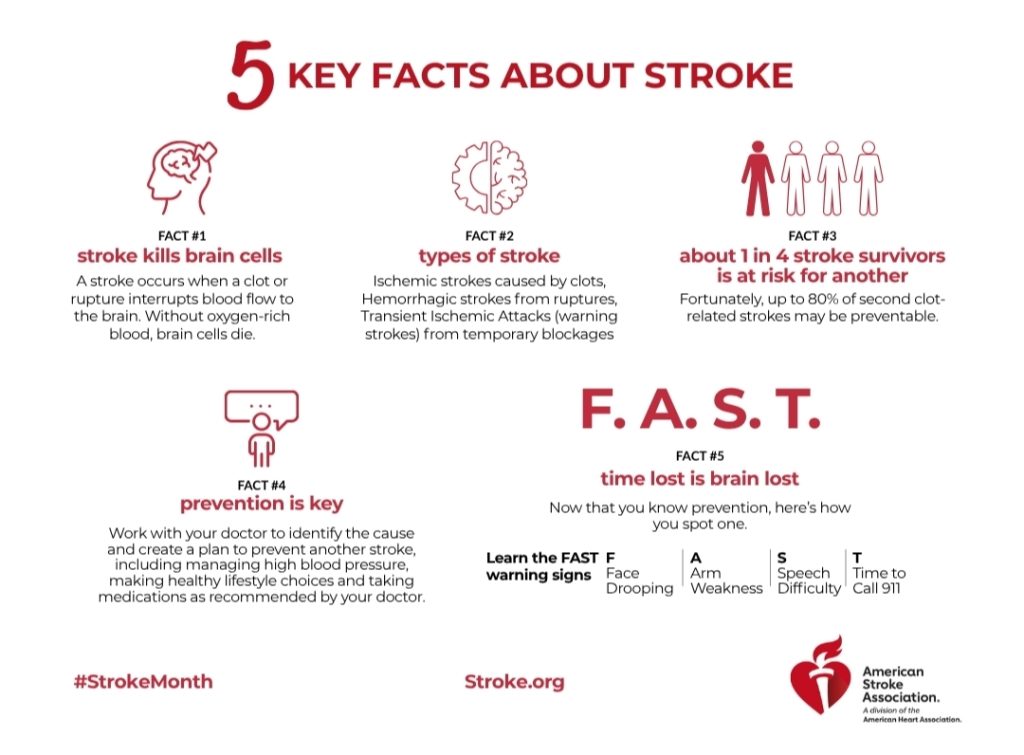Unfortunately, many of us have a friend or family member who has been diagnosed with cancer.
Of all the cancer diagnoses and deaths in the United States, 4 in 10 are attributed to modifiable risk factors – things like tobacco use, excessive sun exposure, poor diet, and a lack of physical activity.
Though it may seem a little overwhelming, protecting yourself from a variety of different cancers is easier than you might think.
Tobacco use is the leading preventable cause of cancer. Along with lung cancer, tobacco users are at risk of developing 17 other types of cancers. Those who quit smoking at a young age, or never start at all, can reduce their risk significantly.
Awareness of sun/UV exposure should begin at an early age. Around 80% of exposure occurs before the age of 18. Prolonged time without proper protection can lead to a variety of skin problems like thickened skin, premature aging, and cancer. Skin type also plays a large role, and maximum time limits for unprotected skin differ. Effective skin protection includes seeking shade, using a broad-spectrum sunscreen, and performing monthly self-exams.
Having a poor diet and sedentary lifestyle can lead to an unhealthy weight, which can cause chronic diseases like heart disease and diabetes as well as cancer. Those who are overweight or obese are at an increased risk of developing 13 types of cancer, including thyroid, breast, liver, and kidney cancer. Along with healthy eating habits, adults are encouraged to engage in physical activities for 2.5-5 hours per week.
Though helpful, cancer prevention isn’t just about avoidance. Proactive screening, testing, and vaccinations can detect and prevent early signs of cancer.
The CDC recommends screening tests for breast, cervical, colorectal, and lung cancer. Though many tests are age-specific, the age and frequency of testing suggested can vary from person to person.
Genetic testing can be used to identify more than 50 hereditary cancer syndromes. These cancers cause mutations in certain genes, and the patterns created can be identified in families with those mutations. This includes family members who develop the same type of cancer, cancer that is developed at an early age, and the development of two or more types of cancer in the same individual. Common hereditary cancers include breast, colorectal, prostate, and ovarian cancer.
For women, getting vaccinated for human papilloma virus (HPV) can be a literal life saver. In the United States, about 12,000 women are diagnosed with HPV each year, and 4,000 die from the disease. The vaccine, which is 99% effective, could prevent nearly all cases of HPV. The CDC recommends vaccinations for 11- and 12-year-old girls, as well as girls and women between 13 and 26 years of age who have not been vaccinated or who have not completed the vaccine series. Unfortunately, 46% of adolescents have not received the recommended dose.
Other common cancers that affect women are endometrial, breast, cervical, lung, colorectal, skin cancers.
Not all cancers can be prevented, but a healthy lifestyle can lower the chances of developing several types of cancer. Making responsible choices, and putting forth the effort to maintain those choices, can lead to a longer, healthier life. We only get one body, and it’s our job to take care of it.
Our Her Nexx Chapter Community invites you to join us where women are connecting with each other’s stories, exploring different experiences, and transforming ideas.
The Future of Connection for Women
- Be a Plant Mom: Easy Indoor Plants to Take Care of for Spring - April 14, 2021
- Highlighting an Activist and Pioneer of Birth Control and Sex Education - March 12, 2021
- Taking Cancer Into Your Own Hands: National Cancer Prevention Month - February 26, 2021
Follow us:







